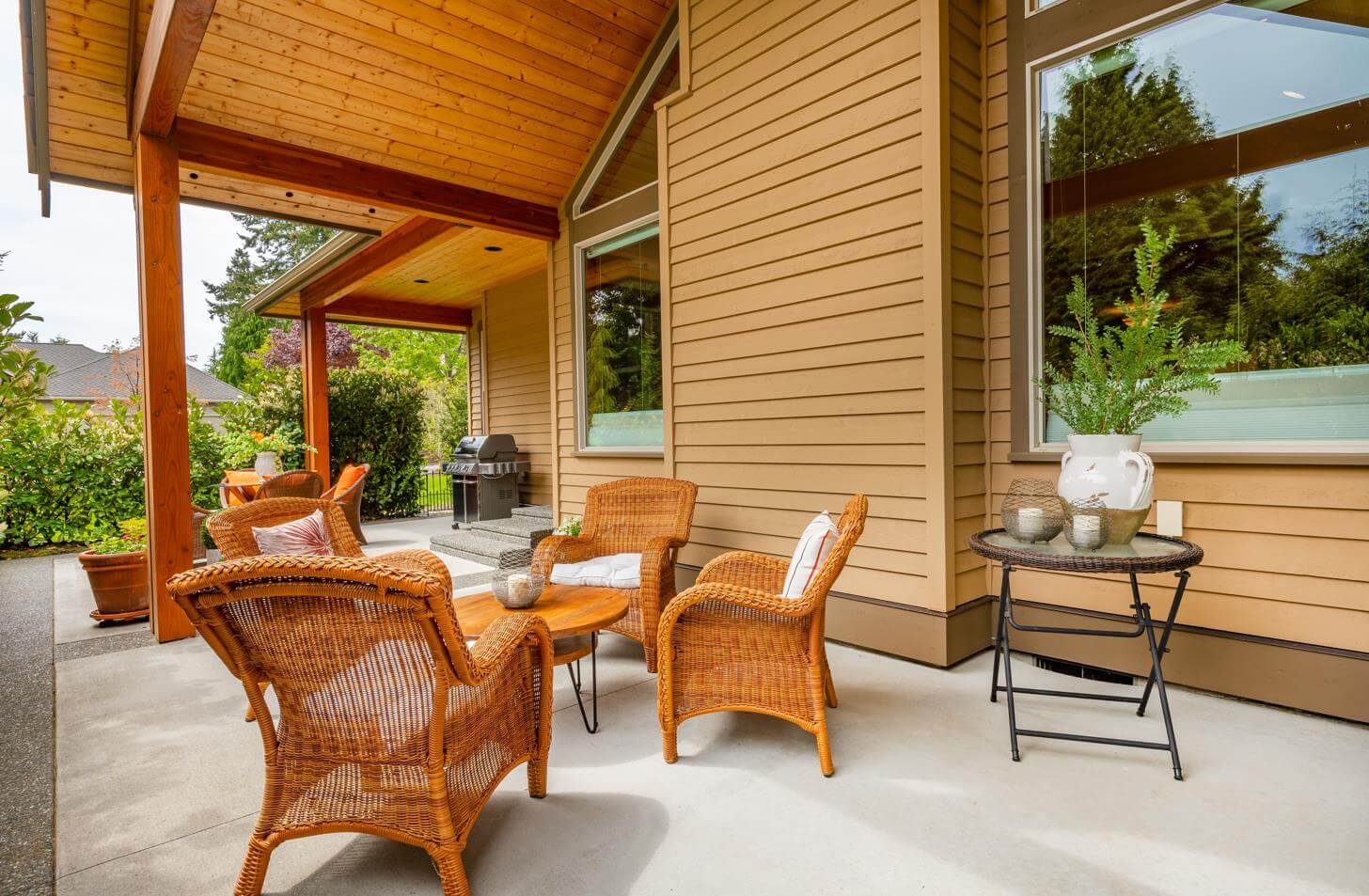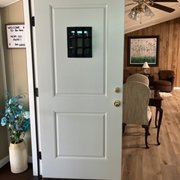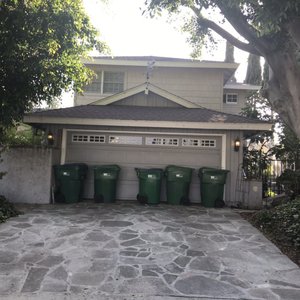Eaves, soffits, and fascia are integral components of the exterior structure of a home, serving both functional and aesthetic purposes. Eaves are the overhanging edges of a roof that extend beyond the walls, providing protection from rainwater and directing it away from the foundation. Soffit refers to the exposed surface underneath the eaves, while fascia is the vertical band that caps the roof’s edge and supports the gutters. Together, they form a crucial part of the home’s overall design and play a significant role in its performance and appearance.
Importance of These Elements in Home Exteriors
Eaves, soffits, and fascia are not just decorative features but also serve several practical functions. They protect against moisture, preventing water from seeping into the walls and causing damage. They also play a crucial role in proper ventilation, allowing air to circulate in the attic and preventing condensation, mold, and rot. Additionally, they help direct rainwater away from the foundation, reducing the risk of water damage and foundation issues.
Introducing the Concept of the “Eaves Revolution”
The traditional understanding of eaves, soffit, and fascia has recently transformed, giving rise to the concept of the “Eaves Revolution.” This revolution encompasses a design, materials, and technology shift that has redefined how eaves, soffits, and fascia are utilized in modern home exteriors. With innovative materials, cutting-edge manufacturing processes, and advanced design techniques, eaves, soffits, and fascia are being used in new and exciting ways, elevating their functionality and aesthetic appeal to new heights.
The “Eaves Revolution” has significantly changed how eaves, soffits, and fascia are perceived and incorporated into home exteriors. It has opened up new possibilities for architects, designers, and homeowners to create functional, durable, visually appealing, and sustainable homes. This revolution has also been driven by technological advancements, which have facilitated innovative materials, computer-aided design (CAD) customization, and efficient drone inspection and maintenance.
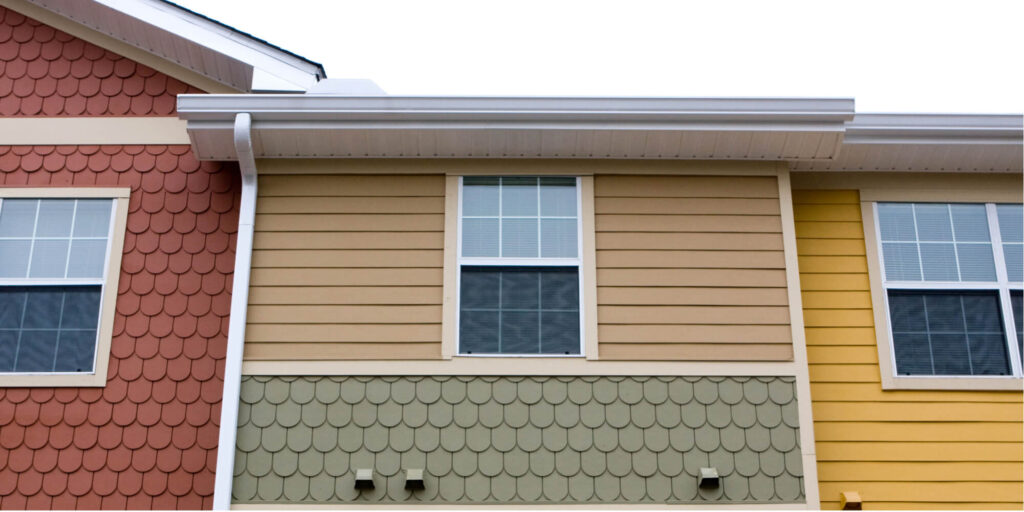
The Evolution of Soffit & Fascia Design
Historical Perspective on Eaves, Soffit, and Fascia
Eaves, soffit, and fascia have a rich history in architecture. Initially practical in ancient times, they evolved into decorative features during the Renaissance. In the 19th century, new materials were introduced, and in the 20th century, modern architecture and materials like aluminum and PVC transformed soffit and fascia design. Today, sustainability also influences their design.
Key Changes in Materials and Design Over Time
Over time, advancements in materials and design have revolutionized soffit and fascia. Cast iron and sheet metal brought intricate designs in the 19th century. In the 20th century, aluminum and PVC offered sleek, functional designs. Sustainable materials and minimalist approaches are shaping modern soffit and fascia design.
Examples of Innovative Soffit and Fascia Design
Innovative soffit and fascia designs have emerged, showcasing unique materials, shapes, and colors. For instance, composite materials combine durability, low maintenance, and eco-friendliness benefits. Ventilated soffits provide improved airflow, enhancing energy efficiency. Creative use of colors and textures adds aesthetic appeal, allowing homeowners to customize their home exteriors like never before. These innovative designs redefine the possibilities of soffit and fascia in modern architecture.
Impact of Soffit & Fascia on Home Exteriors
Improved Ventilation and Energy Efficiency
Soffits and fascia are crucial in improving ventilation and energy efficiency in homes. Ventilated soffits allow air to circulate, preventing moisture buildup and reducing the risk of mold and rot. Proper ventilation also helps regulate temperature, reducing the need for excessive heating or cooling, resulting in improved energy efficiency and lower utility bills.
Enhanced Curb Appeal and Aesthetics
Soffit and fascia contribute to the curb appeal and aesthetics of a home’s exterior. Homeowners can choose soffit and fascia designs that complement their home’s architectural style and personal taste. From traditional to modern, sleek to decorative, well-designed soffit and fascia can elevate the visual appeal of a home, adding to its overall aesthetic charm and value.
Increased Durability and Weather Resistance
Modern soffit and fascia materials, such as vinyl, aluminum, and fiber cement, offer increased durability and weather resistance. It can withstand harsh weather and resist rotting, warping, and fading, providing long-lasting protection to the home’s exterior. This enhanced durability contributes to the longevity and sustainability of the overall architecture.
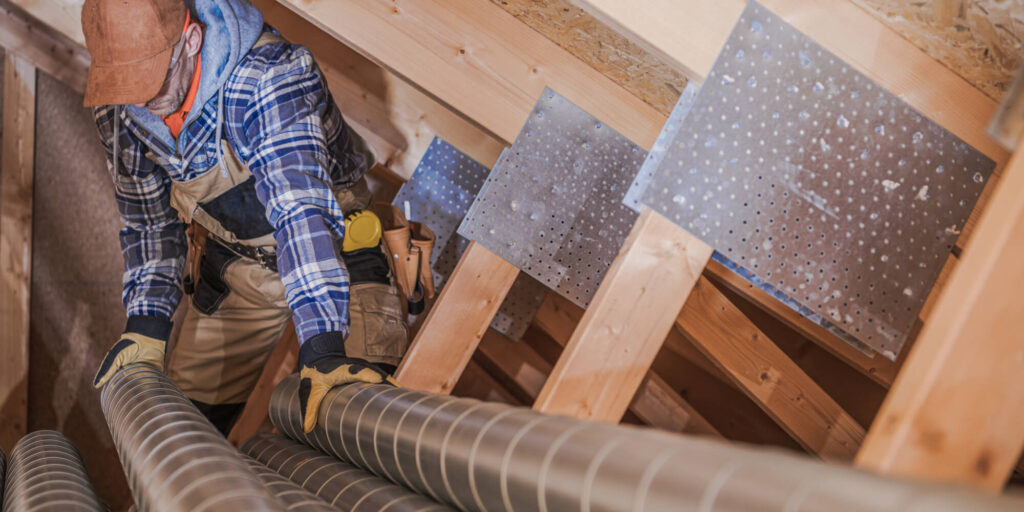
Contribution to Green and Sustainable Architecture
Soffit and fascia can contribute to green and sustainable architecture. Many modern materials used in soffit and fascia, such as recycled metals, fiber cement, and PVC, are eco-friendly and recyclable. Homeowners can reduce their environmental impact by choosing sustainable materials and promoting sustainable building practices. Soffit and fascia can be integral to creating environmentally conscious and sustainable homes for a greener future.
Role of Technology in the Eaves Revolution
Innovative Materials and Manufacturing Processes
Advancements in material science and manufacturing techniques have revolutionized soffit and fascia design. For instance, advanced composites, engineered wood, and synthetic materials offer increased durability, weather resistance, and low maintenance. New manufacturing processes, such as extrusion and molding, allow for precise customization, resulting in unique and innovative soffit and fascia solutions for modern homes.
Computer-Aided Design (CAD) and its Impact on Soffit and Fascia Customization
Computer-aided design (CAD) has transformed how soffit and fascia are designed and customized. CAD software enables precise and detailed modeling, allowing architects and designers to create unique and complex soffit and fascia designs quickly. This technology has opened up endless possibilities for customization, enabling homeowners to achieve their desired aesthetics and functionality in their soffit and fascia choices.

The Use of Drones for Inspection and Maintenance
Drones are increasingly being used to inspect and maintain soffits and fascia. Drones can access hard-to-reach areas, allowing for thorough inspections and early detection of issues. Efficient technology reduces manual inspections, enabling timely repairs and prolonging the lifespan of soffit and fascia systems.
Iconic Examples of Soffit & Fascia Design
Description of Various Architectural Styles and their Soffit and Fascia Elements
Different architectural styles feature other soffit and fascia elements, contributing to their unique aesthetic appeal. For example, traditional techniques may showcase ornate soffit and fascia designs, while modern styles often prioritize minimalist and sleek profiles. Understanding how different architectural styles incorporate soffit and fascia can provide insight into how these elements redefine home exteriors’ overall look and feel.
Analysis of How These Designs Redefined Home Exteriors
Soffit and fascia design are crucial in redefining home exteriors, showcasing unique architectural styles, and enhancing their visual appeal. Soffit and fascia elements add character and charm to homes, making a statement in exterior design.
The Future of Soffit & Fascia
Emerging Trends in Eaves Design
The field of eaves design is constantly evolving, driven by advancements in materials, manufacturing processes, and architectural styles. Designers use new materials like composites and eco-friendly options to create innovative eaves designs that prioritize durability, weather resistance, and environmental sustainability. Integrating cutting-edge manufacturing processes, such as 3D printing, allows for greater customization and intricacy in eaves design, pushing the boundaries of aesthetics and performance. These emerging trends are shaping the future of eaves design, offering exciting possibilities for the evolution of soffit and fascia in home exteriors.
Potential Advancements in Materials and Technology
The realm of eaves design holds promise for future advancements in materials and technology. With ongoing research and development, we may see the emergence of new materials that are even more durable, lightweight, and sustainable, offering increased performance and longevity for soffit and fascia elements. Moreover, technological advancements like smart sensors, automation, and remote monitoring have the potential to revolutionize the design, installation, and maintenance of eaves. In addition, this further enhances their functionality and performance in home exteriors. Exciting possibilities in eaves design with innovative materials and technology shape the future of soffits and fascia.
The Role of Soffit and Fascia in Smart Homes
As technology advances, soffits and fascia also play a significant role in smart homes. Integrated sensors and monitoring systems can be incorporated into these elements to provide real-time data on weather conditions, energy usage, and ventilation levels. This data can be used to optimize the home’s energy efficiency, improve indoor air quality, and enhance the overall comfort of the residents. Soffit and fascia are aesthetic elements and functional components that contribute to the smart home revolution, making homes more intelligent, sustainable, and convenient for modern living.
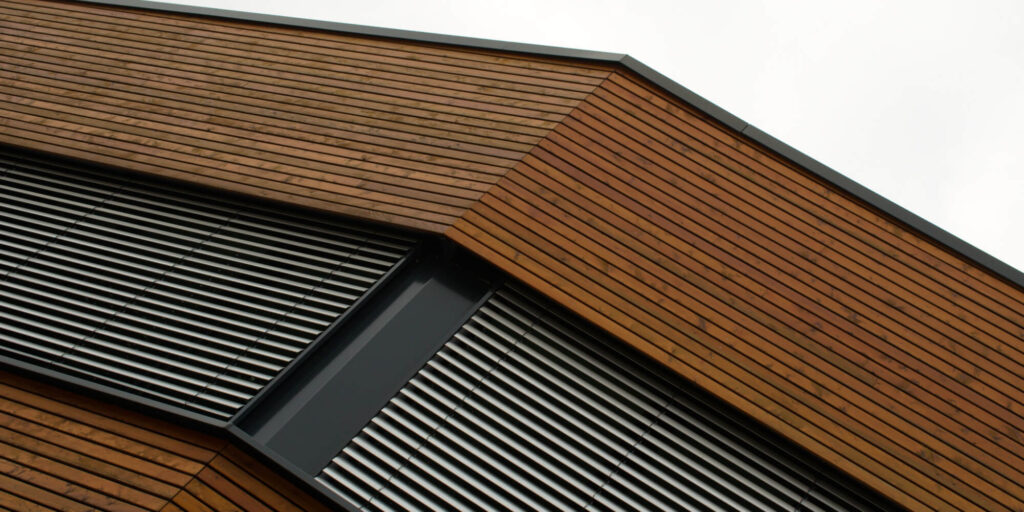
How Soffit and Fascia Have Revolutionized Home Exteriors
The Eaves Revolution has transformed the landscape of home exteriors, redefining the role of soffit and fascia in modern architecture. Eaves have evolved through innovative materials, design, and technology to improve ventilation, energy efficiency, curb appeal, durability, and sustainability. In due time, acknowledge the impact of soffit and fascia, and embrace innovation in eaves design for future home exteriors.
Importance of Continued Innovation in Eaves Design
Also, continued innovation in eaves design is crucial to adapt to changing architectural trends and environmental demands. Materials, processes, and technological advancements shape the soffit and fascia’s future, ensuring functional, efficient, and aesthetically pleasing homes for generations.
Impact of Soffit and Fascia on Homes
Overall, we encourage readers to consider the impact of soffits and fascia on their homes. Integral elements of home exteriors, soffits, and fascia contribute to ventilation, energy efficiency, curb appeal, durability, and sustainability. By recognizing their significance, readers can make informed decisions and prioritize innovative eaves designs for their homes.

